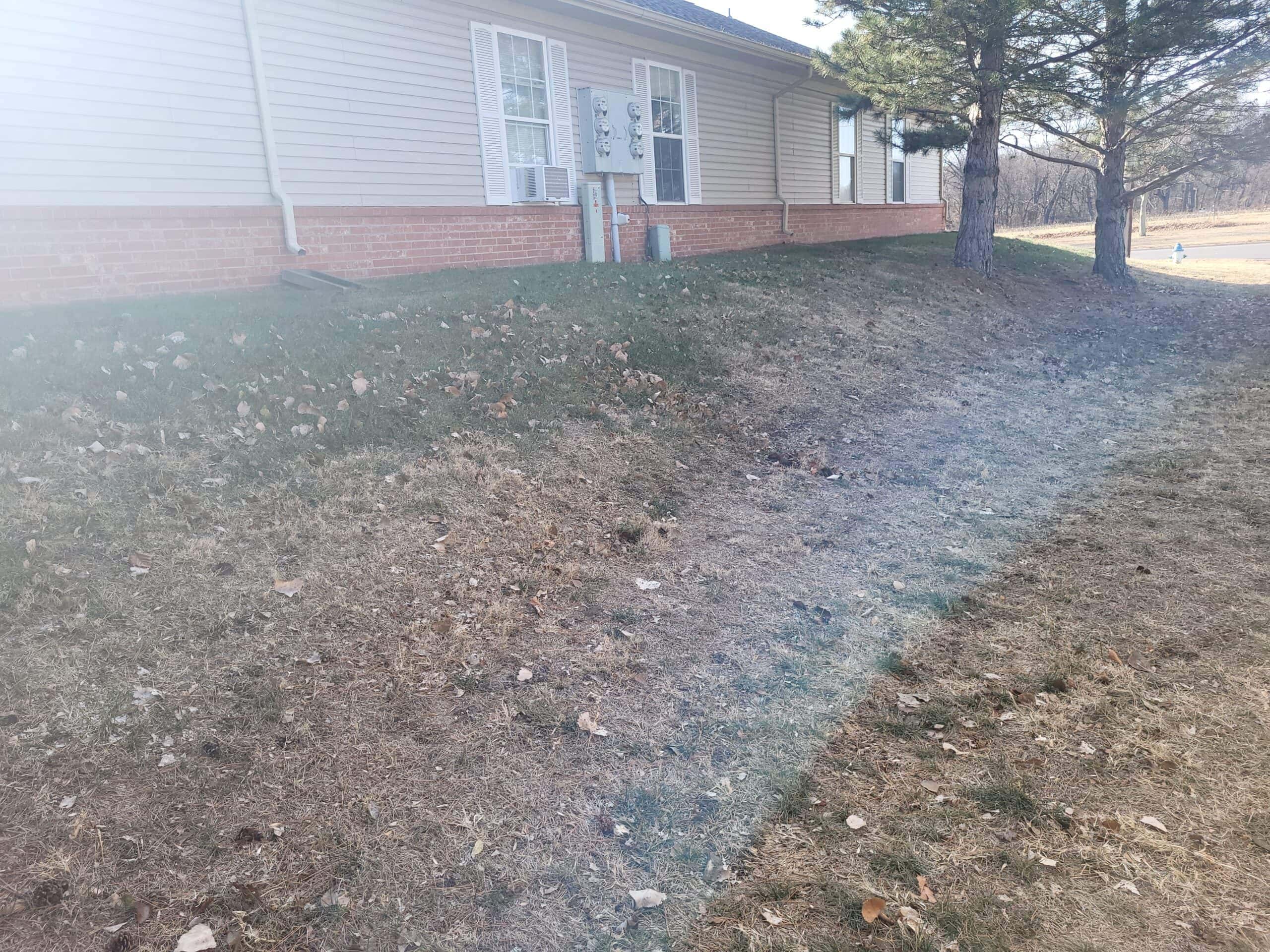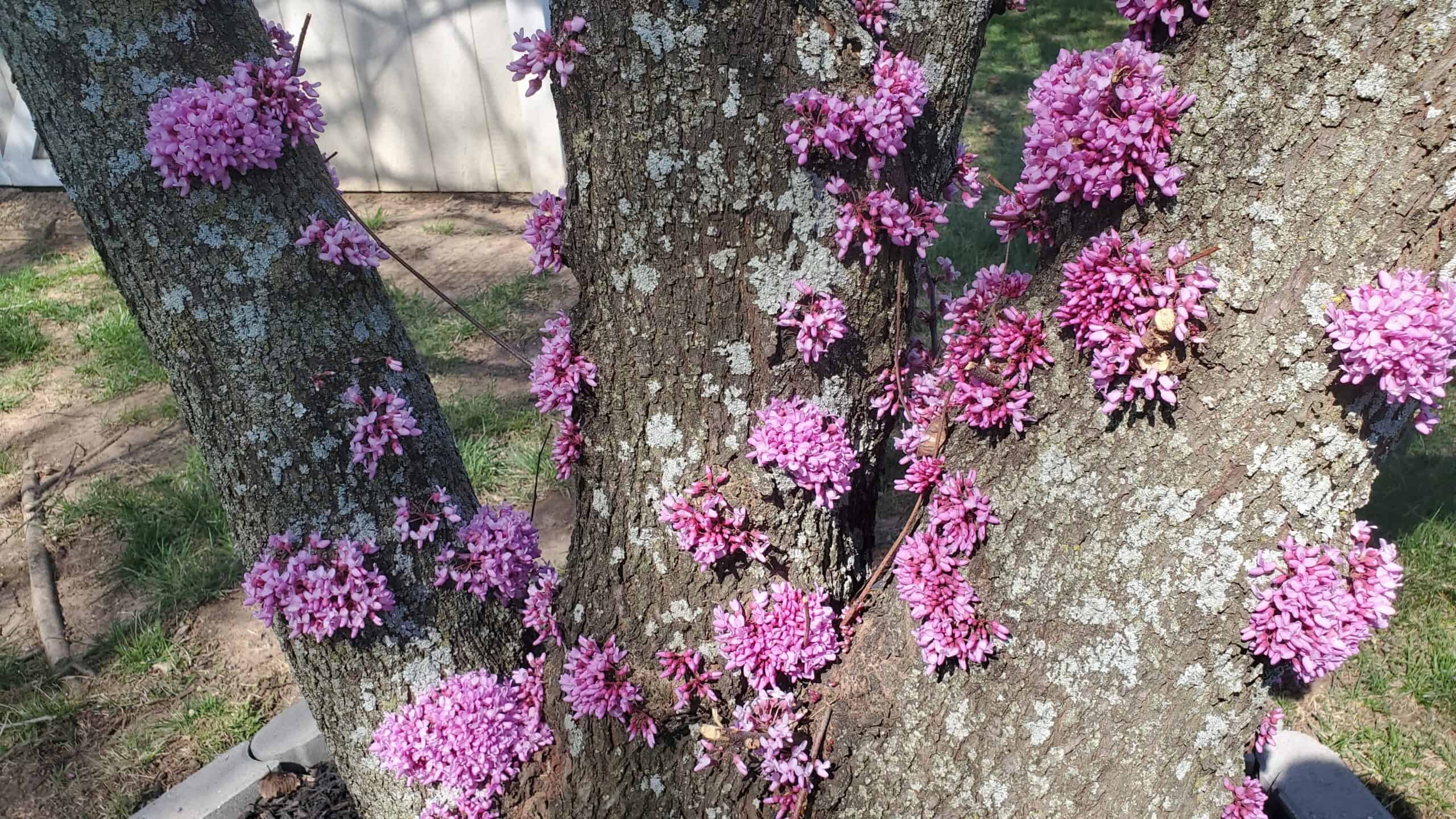Lawn Maintenance Tips to Prevent Lawn Disease
A lush and healthy lawn is the pride of any Kansas homeowner. However, maintaining a lush and vibrant landscape takes skill. It also requires you to identify and cure lawn diseases with adequate lawn maintenance.
Diseases can quickly turn your green oasis into a brown and unsightly mess. Fortunately, a proper understanding and proactive approach can help manage issues before they get out of hand. Let's explore the primary aspects of lawn disease prevention, including identification, lawn maintenance practices, and treatment options.

Lawn Disease 101
What are lawn diseases, and how are they caused? The answers depend on multiple variables: location, local weather patterns, and lawn maintenance habits. Meanwhile, the causes can range from excessive moisture to pest activity. Routine lawn care like mowing and weed eating isn't always enough to address the problem. Fungus, bacteria, microorganisms, and pathogens can wreak havoc on your grass and landscaping despite responsible homeownership. Factors like grass species, cultural practices, and wildlife interference can play significant roles. Furthermore, unhealthy lots are more susceptible to lawn disease than thriving properties. Maintaining balanced soil nutrition is essential. A well-nourished lawn is less likely to succumb to diseases and more likely to flourish for years.Lawn Maintenance Disease Guide
Familiarity with the most common lawn diseases is critical for early detection and targeted prevention. Watch for brown patches, powdery mildew, and rust-like spots because they are clear signs of an issue. Also, look at different areas of your lawn to discover hidden problems under decking and around hardscaped structures. Lawn diseases have a distinct appearance, including grass discoloration, circular patterns, and reddish-orange spores. Do not ignore the signs, or the sickness could spread. Lawn diseases can also negatively affect your health and your pets' well-being. Ask local landscaping experts in Kansas about other identifying features and develop a customized care plan.Mowing, Watering, Aerating, Oh My!
Cultural practices are a critical component of effective lawn maintenance and disease prevention. For example, some communities prefer lawns mowed short or watered frequently. These behaviors can impact how your yard responds to unhealthy interferences. Properties with thick, lush grass and healthy dirt are less likely to grow sick or spread pathogens. For these reasons, KS homeowners should develop a comprehensive lawn maintenance schedule, including seasonal cleanups, soil aeration, and tailored watering. Cleaning yards helps remove debris that could harbor disease, while aeration can loosen compacted soil and release hidden microorganisms. Also, adequate air circulation is imperative when curing lawn diseases. An overcrowded garden with tightly packed mulch can create unfavorable conditions for plants. Avoid overplanting in flowerbeds and ensure proper placement to maintain adequate airflow. Then, water the lawn according to advice from your landscaper.Lawn Maintenance Tips for Disease Prevention
How do professional lawn maintenance companies in Kansas help homeowners prevent lawn diseases? They follow a few simple rules and customize services based on property characteristics. Here are more tips to help your yard bloom without doom:
- Plant disease-resistant grass species suitable for your region.
- Use clean mowing and lawn maintenance equipment to stop diseases from spreading.
- Sharpen blades to prevent tearing grass and making it weak to yard pathogens.
- Remove potentially infected material from your property.
- Dispose of grass clippings and other debris exposed to lawn viruses.
- Apply fungicide on your grass and around flowerbeds to prevent mold and mildew growth.
- Time fungicide applications around lawn disease symptoms and weather conditions.
- Customize lawn maintenance routines based on climate and property health.
 (316) 435-3509
(316) 435-3509 office@divine-lawns.com
office@divine-lawns.com